Abandoned History: The Vehicle Production Group and Its MV-1, Accessible Mobility MPV

Historically speaking, the handicap accessible vehicle market in North America was catered to by aftermarket companies, who’d convert standard passenger vehicles (usually larger vans) to be accessible. But in the early 2000s, a couple of entrepreneurs had a new idea: A commercial vehicle designed from the get-go as accessible. Let’s talk about the Vehicle Production Group, it’s a bit of a wild ride.
Vehicle Production Group LLC (or VPG) was founded in 2006 in Miami, Florida by Marc Klein and Patton Corrigan. Both men chipped in their own funds, and also secured money from venture firm Three Seasons Capital. The initial injection of cash meant VPG could hire a team of engineers and managers to advance and finalize the company’s first prototype vehicle. In 2007 VPG claimed their new vehicle would be on the roads in 2008. But by 2008 that date had dropped back to 2010. More on that in a moment.
VPG’s first prototype wore a different name and design than its eventual production car. It was called the Standard Taxi and debuted in September 2006 at the North American International Auto Show (NAIAS) in Detroit. Around the same time, The Standard Taxi was submitted as an entrant into an initiative of NYC mayor Michael Bloomberg. Bloomberg wanted to replace 90 percent of NYC’s taxis with low-emission vehicles by 2030. The project was spearheaded by the New York Design Trust for the Public Space, which solicited low-emission taxi designs from private firms. VPG mailed them a CD full of information, probably. After the Standard Taxi’s debut at NAIAS, it went on to the more specialized Taxicab, Limousine, and Paratransit Association conference in Las Vegas. The taxi was compliant with the Americans with Disabilities Act (ADA) and included an integrated ramp that automatically slid outward for convenient wheelchair and mobility scooter access.
The company’s initial production date came and went as VPG searched for a producer of the Standard Taxi. In mid-2008 they announced a completed production contract with AM General of South Bend, Indiana, the company that built the Humvee and Hummer H2. AM General would build the Standard Taxi in Mishawaka, Indiana, but also served as a development partner for the Standard Taxi.
Technical details released at the time indicated the taxi would use a body-on-frame construction and rear drive. Underneath the Standard Taxi was a GM truck chassis and a 4.3-liter Vortec V6 from the GMT900 pickup. The wheelbase of the prototype was 122 inches, with an overall length of 196.5 inches, a width of 79.4″, and a 75-inch height.
As development continued and production was secured, money poured into the VPG coffers. The firm announced in August 2008 that it secured $160 million in equity financing via Perseus, an equity fund manager. By that time the firm had formed a close relationship with Powertrain Integration LLC, which had access to GM engines and was funded at least in part by The General. The company also received support from Clean Energy Fuels Corporation, founded by one Mister T. Boone Pickens. CEFC was to help with the CNG version of the Standard Taxi, as well as marketing. Both Pickens and General Motors also invested cash in VPG.
Another boon for VPG came in late 2008, as it secured the marketing services of MV Transportation, the largest privately owned transportation contracting company in the US, and the nation’s largest provider of paratransit services. VPG had a plan for Canadian distribution too and contracted with The Motion Group of Companies, which would sell the Standard Taxi to commercial and municipal fleet buyers up north.
All the while, the revised 2010 production date on the Standard Taxi approached. VPG sought consumer and commercial feedback on its vehicle and made many advancements on its original design with an eye to practicality and the essential user-friendliness of such a vehicle. As such, VPG decided its alterations were substantial enough to warrant a name change. Thus, the Standard Taxi became the MV-1, or Mobility Vehicle 1. The MV-1 was impressive but VPG needed more funds and headed to the Department of Energy offices in early 2011. The DOE agreed the MV-1 was worth funding, and granted a loan of $50 million. VPG said thanks and spent the money immediately.
By the time the MV-1 was ready for production, it was October 2011. VPG completed the first purpose-built accessibility vehicle in North America. Specs changed slightly over the Standard Taxi, as the wheelbase shrunk to 118 inches. Length, width, and height remained the same as before. Underneath, the GMT chassis was replaced with a customized chassis developed by Roush, based on the Panther platform. The engine also came from the Panther, in the form of the familiar Ford Modular 4.6. Said engine was converted with assistance from the aforementioned Clean Energy Fuels Corporation to run on compressed natural gas (CNG). Gasoline versions were sold alongside CNG, but would certainly not qualify as low-emissions vehicles. The range on CNG was expected to be 290 miles. The transmission was a four-speed auto from the Crown Vic.
Inside, the MV-1 was capacious given its exterior dimensions. It fit six adults, two of whom would be in full-size wheelchairs. The electric ramp carried up to 1,200 pounds all at once and retracted fully under the MPV’s floor. Said ramp was provided by historical sunroof maker ASC. Rear doors were 36 inches wide and 56″ tall, to allow easy access by wheelchairs. The MV-1’s weight totaled 6,600 pounds. Trims were base SE, midlevel DX, luxury LX (after 2012), and Commercial.
The first example rolled proudly off the line in fall 2011 and was delivered to disabled football player Marc Buoniconti. Buoniconti was a spokesperson for VPG, as an athlete who sustained a spinal injury during a college football game. On October 21st, 2011, the New York Taxi and Limousine Commission announced its approval of the MV-1 as a yellow cab. It was a momentous moment, as the MV-1 was the first purpose-built taxi allowed to enter NYC taxi service since the Checker Marathon. Things were looking up for VPG with their new MV-1 finally in production and New York City as their customer base, but the good news didn’t last long.
The company temporarily paused assembly in the summer of 2012 after about seven months of production, in order to modify tooling for the more upscale LX trim of the MV-1. Intended more for livery and private usage, the LX added remote control access of the MV-1’s side ramp, and a nicer interior that included wood trim. Unfortunately, said pause in production was a bit difficult to un-pause.
In February 2013, VPG defaulted on the aforementioned DOE loan, after violating the minimum finances clauses in the loan terms. All production halted that very month, and by May VPG laid off all employees and closed up shop. The government was left unpaid for their loan, but AM General had a solution in mind. They approached the DOE in September 2013 to acquire the assets of VPG. AM was willing to purchase the $50 million loan for $3 million, a generous offer. The DOE happily wrote off the rest of the amount and signed over the assets.
As a result of its new purchase, AM General created Mobility Ventures. The wholly-owned subsidiary would manufacture and sell the MV-1 through the AM General dealer network. On March 11, 2014, AM General restarted production in Mishawaka, Indiana on the vehicle they’d helped create.
AM General made no edits to the MV-1 it purchased on clearance, but the march of time forced a couple upon Mobility Ventures. For the 2015 and 2016 models power was updated to the Ford 3.7-liter V6, attached to a much more modern six-speed automatic. Think base model Explorer stuff. AM General managed to shift about 2,000 examples a year, and they were built on the same Indiana assembly line as the Chinese market Mercedes-Benz R-Class (uh, what?).
Speaking of China, apparently overseas investors saw the job the Mishawaka factory was doing on the R-Class. Enter SF Motors. Headquartered in Silicon Valley but owned by Chinese investors, SF Motors made AM General an offer for the Mishawaka plant that AM just couldn’t refuse. It was convenient timing, as the R-Class was nearing its end of production at the time (2017). Once the factory changed hands in 2016, all MV-1 and R-Class production halted. SF Motors announced it planned to retool the factory for a couple of years, and then build EVs there. SF Motors owns the plant today and has a cute website where they’re still promising they’ll create something beyond CGI soon.
There’s an MV-1 for sale right now in Virginia if you want some real-life Abandoned History photos. No leather so it’s not an LX, but it might be the only car ever factory produced with a utilitarian commercial interior and a Lincoln steering wheel.
[Images: AM General]

Interested in lots of cars and their various historical contexts. Started writing articles for TTAC in late 2016, when my first posts were QOTDs. From there I started a few new series like Rare Rides, Buy/Drive/Burn, Abandoned History, and most recently Rare Rides Icons. Operating from a home base in Cincinnati, Ohio, a relative auto journalist dead zone. Many of my articles are prompted by something I'll see on social media that sparks my interest and causes me to research. Finding articles and information from the early days of the internet and beyond that covers the little details lost to time: trim packages, color and wheel choices, interior fabrics. Beyond those, I'm fascinated by automotive industry experiments, both failures and successes. Lately I've taken an interest in AI, and generating "what if" type images for car models long dead. Reincarnating a modern Toyota Paseo, Lincoln Mark IX, or Isuzu Trooper through a text prompt is fun. Fun to post them on Twitter too, and watch people overreact. To that end, the social media I use most is Twitter, @CoreyLewis86. I also contribute pieces for Forbes Wheels and Forbes Home.
More by Corey Lewis
Latest Car Reviews
Read moreLatest Product Reviews
Read moreRecent Comments
- Corey Lewis It's not competitive against others in the class, as my review discussed. https://www.thetruthaboutcars.com/cars/chevrolet/rental-review-the-2023-chevrolet-malibu-last-domestic-midsize-standing-44502760
- Turbo Is Black Magic My wife had one of these back in 06, did a ton of work to it… supercharger, full exhaust, full suspension.. it was a blast to drive even though it was still hilariously slow. Great for drive in nights, open the hatch fold the seats flat and just relax.Also this thing is a great example of how far we have come in crash safety even since just 2005… go look at these old crash tests now and I cringe at what a modern electric tank would do to this thing.
- MaintenanceCosts Whenever the topic of the xB comes up…Me: "The style is fun. The combination of the box shape and the aggressive detailing is very JDM."Wife: "Those are ghetto."Me: "They're smaller than a Corolla outside and have the space of a RAV4 inside."Wife: "Those are ghetto."Me: "They're kind of fun to drive with a stick."Wife: "Those are ghetto."It's one of a few cars (including its fellow box, the Ford Flex) on which we will just never see eye to eye.
- Oberkanone The alternative is a more expensive SUV. Yes, it will be missed.
- Ajla I did like this one.

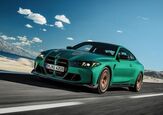

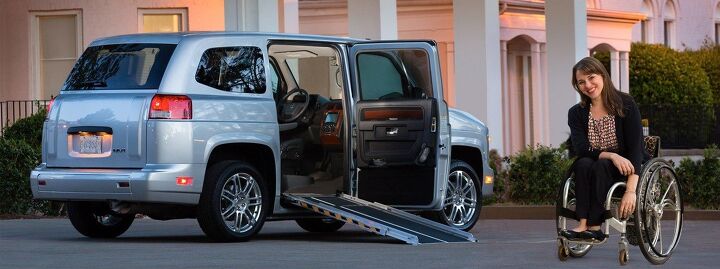














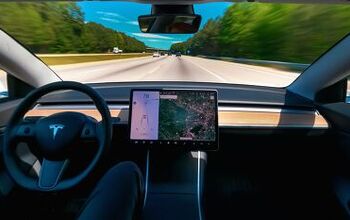
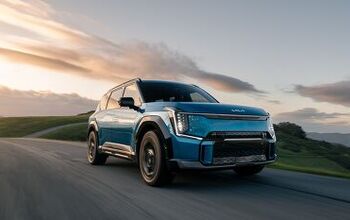
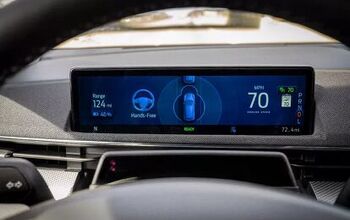
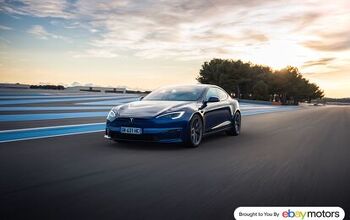
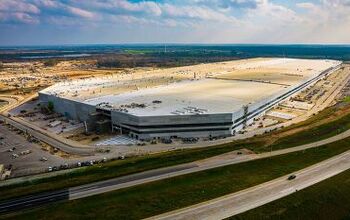
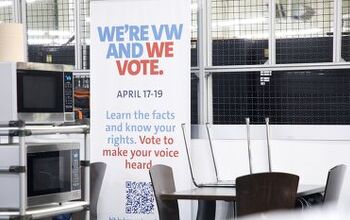
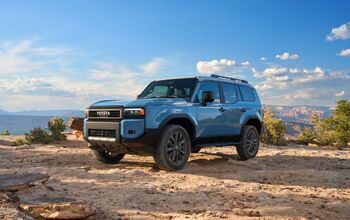
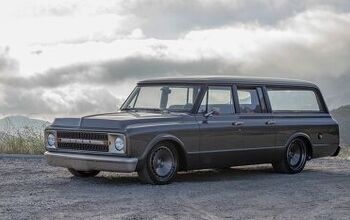
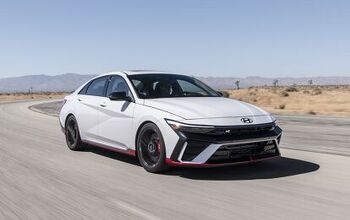
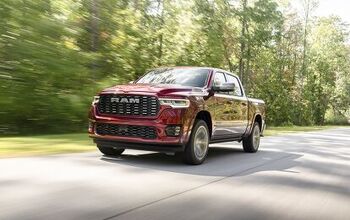
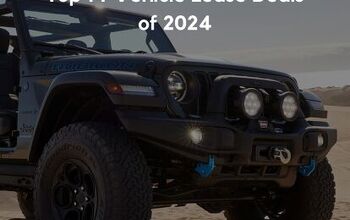
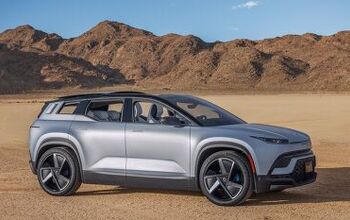
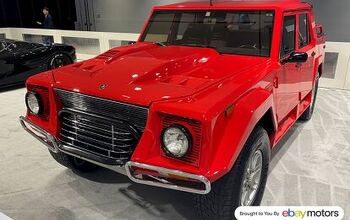
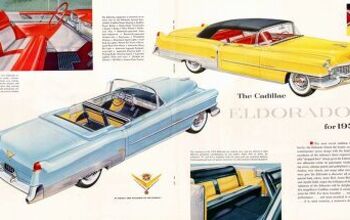

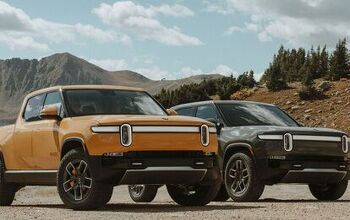
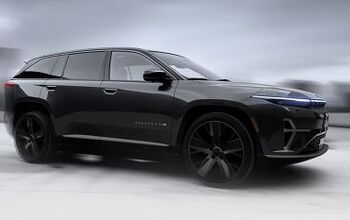
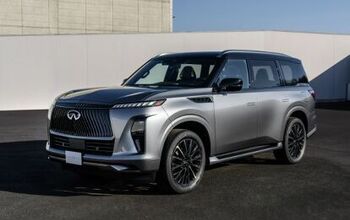
Comments
Join the conversation
The styling sort of makes it look like a giant Honda Element.
This vehicle failed because stamping that character line into the doors and body sides tripled the overall cost of the vehicle. Right, Corey? ;-)